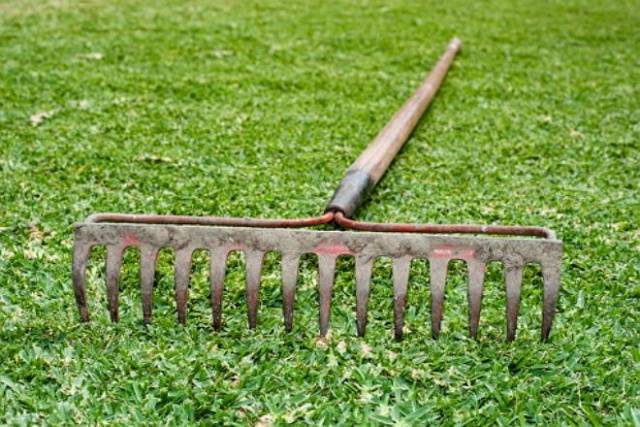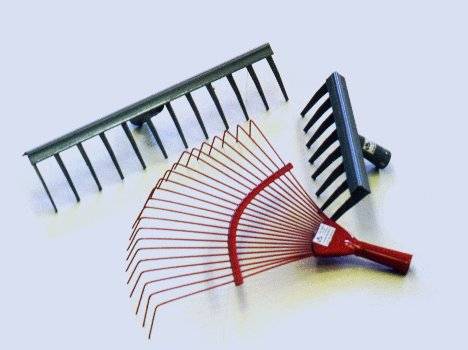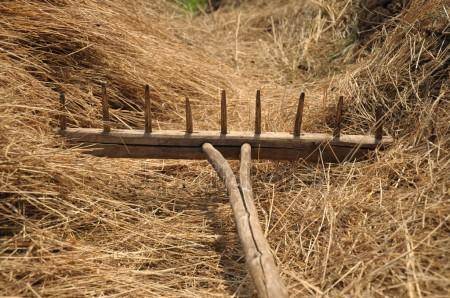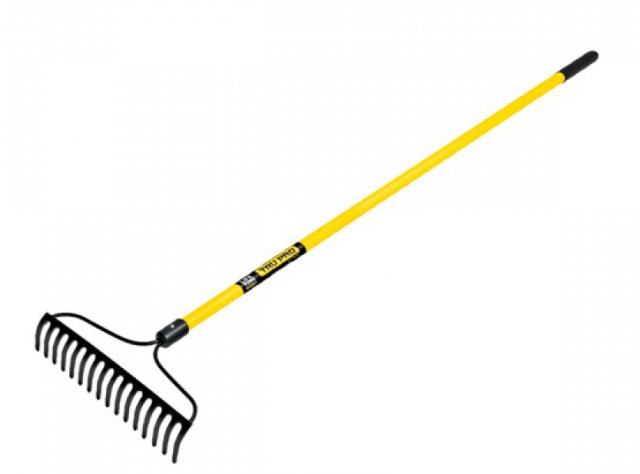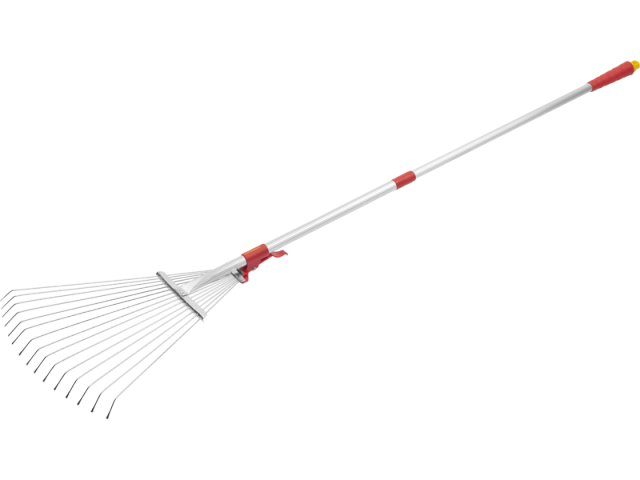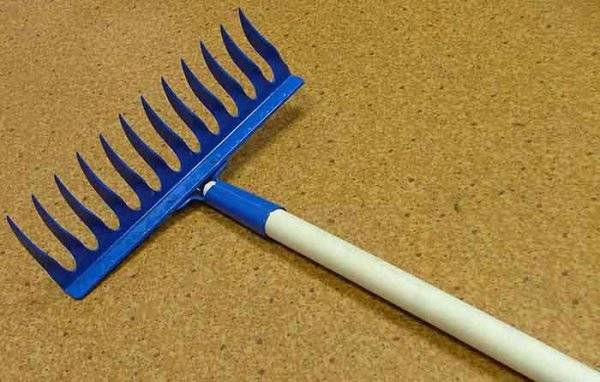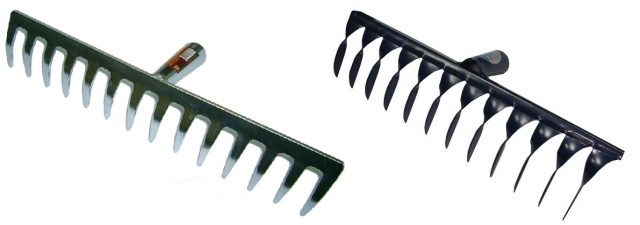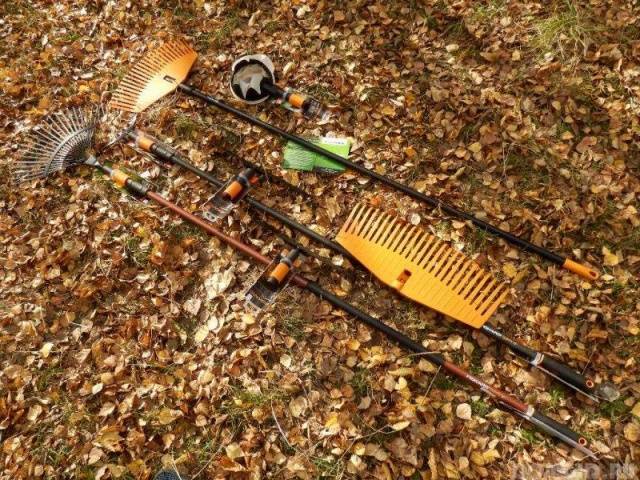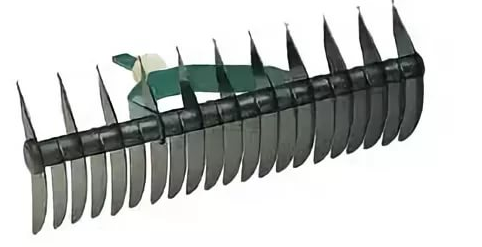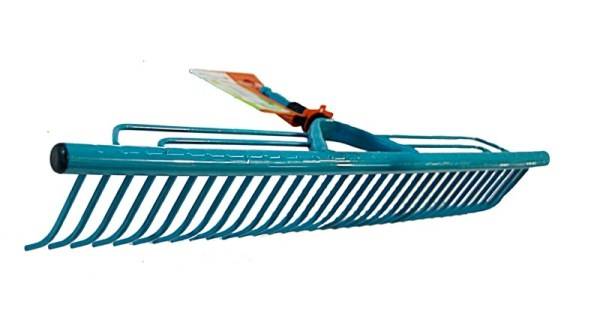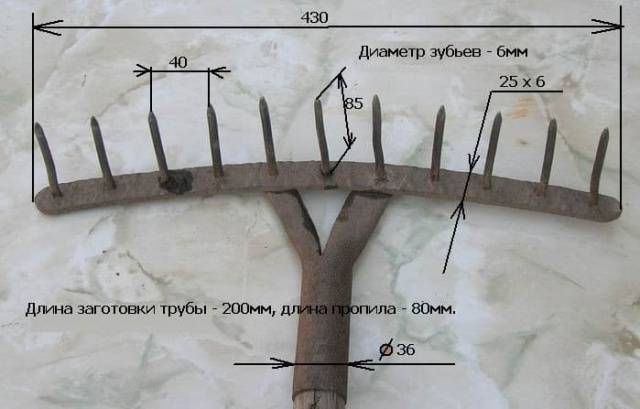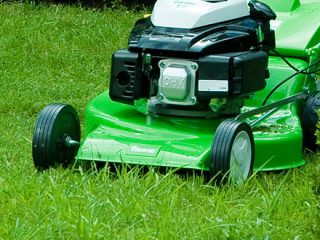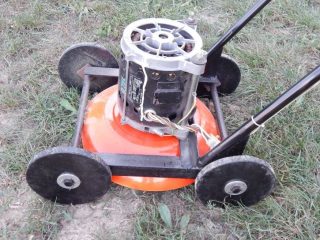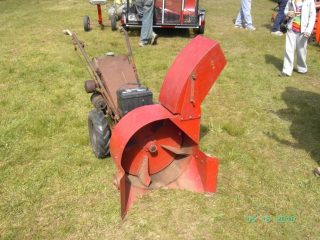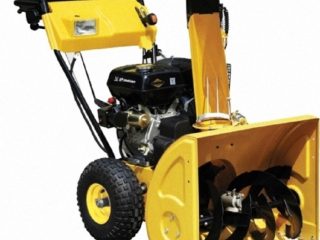Content
Every autumn we get a unique opportunity to admire the fall of leaves and enjoy the rustle of dry foliage under our feet. Red, yellow and orange "flakes" adorn lawns and lawns, but with the arrival of rains, beauty disappears, and the bright carpet of lush leaves turns into a mass of rot. That is why the owners of suburban areas try to remove the leaves in a timely manner, laying them on compost or burning them. The rake has been the best helper for collecting leaves for a long time. This "simple" garden tool is easy to use and inexpensive. But today's market for garden tools is capable of surprising with a variety of different models. In order not to get confused and choose the most convenient rake for harvesting leaves you need to get acquainted with all the proposals. We will try to give a description of all known models and give them the most objective characteristics.
A simple tool with a unique history
Each household plot has a rake, and their owners do not even think about the fact that this agricultural tool has long been irreplaceable and has a very interesting and long history. After all, once a rake was not called a T-shaped tool familiar to many, but all those objects that could pick up and move something. For example, a human hand, a kitchen spoon or any hook in ancient times was called a rake.
Such a simple but unique tool as a rake is widespread all over the world. In the Middle Ages, the Japanese adopted the rake for service. The combat rake was made entirely of metal and was called Kumade (bear's paw). Their length was 2 m. On the fan-shaped cross-bar there were 3-5 sharp teeth, 7 cm long each. Agree, such a rake could indeed pose a real threat to the enemy's health.
There are many sayings and sayings about the rake. They are mentioned in many literary works. Every time we take a stalk with a T-shaped crossbar in our hands in order to collect foliage, level the soil or "comb" the grass on the lawn. Of course, since its inception, the rake has undergone fundamental changes, but still they deserve attention, since their history is comparable to that of a person, and over the long years of automation of labor processes, no worthy replacement for this simple device has been found.
Variety of models and their functionality
The design of all rakes is approximately the same: the tool consists of a shank and a crosspiece with teeth. The length of the handle, the width of the crosspiece and its shape, the material of manufacture, the number of teeth in each specific model may be different. The convenience of using an agricultural device largely depends on these characteristics. All kinds of pads and clamps are also aimed at improving the tool. Various innovations and modifications affect not only the functionality, but also the cost of the rake. Therefore, deciding to make a purchase for your garden, you need to try to find a model with an optimal set of qualities and an appropriate price.
Rake classification depending on the material of manufacture
One of the most important characteristics is the material from which the rake is made. Durability, weight, and, therefore, ease of use, the cost of the tool depend on it. On the market you can find a rake from:
- Painted iron.They have, perhaps, the only advantage - a low price. Otherwise, their characteristics have only negative qualities. Such a rake is very heavy and inconvenient to work with. The teeth turn out quickly and the gardening tool becomes unusable.
- Become. This material is also quite heavy, but more durable and wear-resistant.
- Tempered aluminum. Such a rake has a lot of advantages. They are distinguished by their durability and low weight (700-800 g). They are convenient for working in the garden, but such a tool will not work for leveling the soil.
- Plastic. Such a rake is perfect for collecting foliage, debris, thinning grass, but, unfortunately, they will not be able to work with the soil. Plastic is quite fragile, so even a low price for such a tool cannot always be justified. It is very convenient to work with such a tool, since its weight is only 400-500 g.
For most gardeners, the question of the cost of the tool plays one of the most important roles. So, let's compare the cost of a traditional T-rake with 10 teeth. For example, such an agricultural tool made of iron with spraying will cost about 40 rubles. A plastic analogue will cost even less: about 25 rubles. The cost of a steel rake is several times more expensive and can range from 150 to 300 rubles. A hardened aluminum rake will cost about the same.
When buying a rake for your garden, you need to pay attention not only to the material of the crossbar, but also to the material of the cutting. Some manufacturers equip their tools with cuttings made of plastic, fiberglass (fiberglass) and some other advanced materials. This feature can make the tool convenient, but also more expensive. Wooden cuttings, along with such equipment, are still more popular due to their high reliability, availability and low cost.
This is convenient if several people of different heights plan to use the tool at once. The cost of a metal telescopic handle is on average 300 rubles.
Variety of models
Most models differ precisely in the cross-bar, the so-called attachment, which is attached to the handle. We have already discussed the materials for its manufacture and the compliance with the cost, now we will try to figure out the classification and purpose of specific models.
Straight, traditional rake
Even schoolchildren are familiar with such a rake. This type of garden tool is the most common. It is a cross member, perpendicular to which the teeth are attached. They can be twisted (twisted) or slightly curved. The number of teeth on one cross member can vary from 5 to 20 pcs. The most common option is the 10 and 12 tooth model. Particular attention should be paid to the distance between the teeth: the smaller it is, the smaller fragments of grass and leaves can be collected.
A tool with a narrow crossbar (10-20 cm) is convenient to use for collecting leaves in hard-to-reach corners of the site, but it is problematic to collect litter and leaves over a large area with such a tool. The most convenient and often used is a crossbar with a width of 30-50 cm. A rake with a wider grip is bulky and not always convenient to use.
Straight, traditional rakes are more often used for working with the ground. It is convenient to break up clods and level the soil with such nozzles, made of metal. Plastic, straight nozzles are more often used for collecting leaves and grass.
Serrated rake
A fan rake is the best option for lawn cleaning.With their help, you can gently and quickly scoop up debris, grass, fallen leaves. Thin and flexible tines will not damage plantings and provide surface aeration of the soil.
Outwardly, such a tool resembles a fan or a flat panicle made of plastic or metal rods. As a rule, the nozzle in such a tool has a triangular shape, which allows you to conveniently collect debris from the walls of a building or a fence.
Many models of fan rakes are equipped with a special attachment that allows you to adjust the working width. This is very convenient when working on the site, however, when buying such a tool, you need to pay attention to the quality and reliability of this device. Most often it is made of plastic, which does not differ in durability.
The grip width in fan-shaped models is 40-60 cm. Thanks to a special pad, this parameter can be decreased or increased, thereby changing the distance between the teeth. This is very convenient if you need to perform several types of work with different fractions of plant segments. The number of teeth on such a garden tool varies from 18 to 24 pieces.
Rake-transformers
Such a tool can be called complex, since it implies the presence of a handle with a special mount, on which you can install interchangeable nozzles with different shapes and widths. The set of such a garden tool may include a shovel attachment, a hoe, several types of rakes and a ripper. The material for the manufacture of such a complex tool is often plastic. The cost of a rake-transformer is quite high. Another drawback of the tool is that with frequent change of attachments, the handle can quickly fail.
Specialized
For thorough lawn care, there are highly specialized rake models that allow you to perform a particular task:
- Rake aerators have sharp crescent teeth, securely attached to the crosspiece. The tool allows you to remove moss and leaves from the lawn by slightly cutting through the lawn to better oxygenate the grass roots. This tool is recommended for use in low-lying areas with high soil moisture levels.
- Milling rake are a modification of aerators. On the one hand, the same crescent-shaped sharp teeth are fixed on the crossbar, on the other hand, on the crossbar, there is a row of densely spaced teeth for collecting small leaves, grass, pebbles.
- The wide rake for the lawn with a limiter is a shank with a wide crossbar (more than 60 cm). Long tines are densely placed on the base, which allow you to quickly pick up the mowed grass or leaves. Another feature of this tool is the presence of a limiter in the form of several metal rods, placed perpendicular to the teeth from the side of the handle. They do not allow the collected grass to roll over to the back of the crossbar. Such a highly specialized tool allows you to quickly and efficiently collect grass from any lawn.
Thus, before making a purchase, it is worth considering what operations are to be performed with the purchased tool. The most versatile in this case are straight rakes. They are suitable for working with lawn and soil. They are characterized by low cost and durability. It is convenient to clean the lawn with a fan rake, but to work with the ground, you still have to supplement the range of garden tools with ordinary straight rakes. If the lawn is the pride of the site, you can also purchase a highly specialized tool to take care of it, which will help you competently care for the plantings.
How to make a rake
The modern consumer prefers to buy ready-made goods, but there are also such "Kulibins" who strive to make everything with their own hands. For example, making a traditional flat rake is pretty straightforward. This requires:
- Choose a flat piece of metal, about 50 cm long. Such a strip needs to be slightly bent in the horizontal plane. The resulting part will be the base of the cross member.
- On the basis made, outline the attachment points of the teeth, which can be pieces of wire or nails sharpened on one side, 8-9 cm long.
- Drill small holes along the marks. Heat the base metal red-hot, hammer teeth into it. After the metal has cooled, it is recommended to additionally weld each tooth to the base.
- Make a mount from a piece of pipe 35 Ø, 20 cm long. Divide 8 cm of this pipe into 2 equal parts, thereby obtaining a "mustache" for attaching the base to the handle. After heating the metal red-hot, these "mustaches" should be diluted at an angle of 40-500 and flatten slightly.
- In the round part of the mount, drill a hole for the fixing element that will connect the base and the handle.
- Weld the "whiskers" to the base with teeth.
- Insert the handle into the round hole of the rake and fix it with a nail.
Today, homemade rakes are more exotic than the norm, because the cost of a finished tool is quite affordable, and you can find a tool in the nearest store. But sometimes there are situations when there is a need or a simple desire to make a rake on your own. In this case, you can use our recommendations and the scheme located above in the article.
Instructions for making a fan rake with your own hands are clearly demonstrated in the video:
Thus, a simple rake familiar to many can be safely called a unique tool that has long been used by people not only for cultivating the land, but also for self-defense for military purposes. Today, as before, for leveling the ground, harvesting leaves, mowed grass and weeds a person uses a rake, the design of which has undergone some changes. They have become even more convenient and functional than before. At the same time, no cardinal replacement for this tool has been found in the modern gardening tool market.

